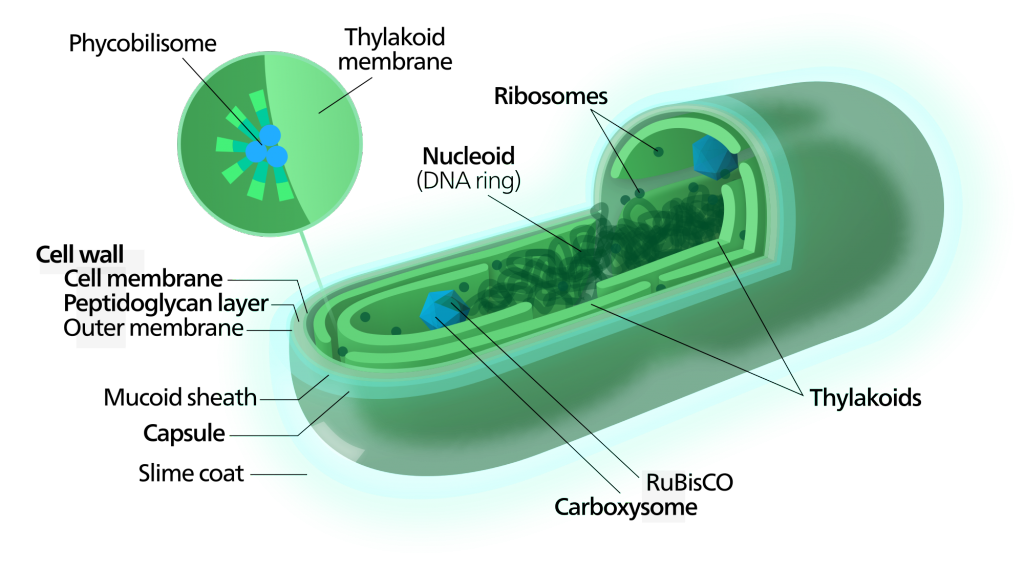Many kinds of bacteria have the capacity to radically alter their metabolism in order to switch into a dormant state. This allows them to survive without any possibility of growth. One reason this might be advantageous to bacteria is if their microbes do not have a substantial amount of food. The cells’ revival process follows a strict genetic timetable. This is an important survival strategy.
One of the oldest types of bacteria are cyanobacteria – going back more than 3 billion years. Their activity released oxygen into the atmosphere, therefore enabling life on earth in its current state. When nitrogen, one of their major nutrients, is lacking, these cyanobacteria cease their growth and enter a dormant state. They dismantle their photosynthesis apparatus and lose their color. This allows them to survive long periods without requiring nutrients. If they become exposed to an accessible supply of nitrogen, they return to normal life within 48 hours. It is intriguing because the cells appear dead and then out of nowhere they return back to normal.
Diagram of Cyanobacteria
Through various experiments it was found that the cell revival process began almost immediately once nitrate was added. This is a highly organized process.
Phase One: Bacteria suppress all remaining photosynthesis activity and tap into reserves to obtain energy quickly
At First: Intake and processing of nitrogen. The production of protein synthesizing mechanisms are activated.
12-16 Hours Later: Photosynthesis begins
48 Hours Later: Full capacity reached. Cells begin to grow and divide again
There are copies of DNA that are not translated into proteins found in sections of uncoded RNA. These are important switches in the awakening process. This genetically coded program allows cyanobacteria to colonize environments where the nitrogen supply is inconstant. It also allows them to survive environmental stress and survive over three billion years of evolution. This is not the only bacteria that is capable of this phenomena. This can help scientists better control the spread of dangerous bacteria.
Source: https://www.sciencedaily.com/releases/2016/10/161006124409.htm
Other Resources (For More Information on This Topic):
http://phys.org/news/2012-02-bacteria-dead.html



Leave a Reply